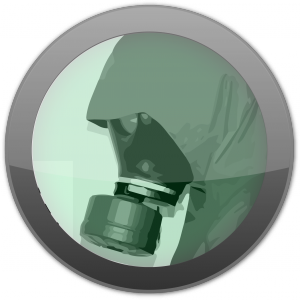Indoor Air Quality

What You Need to Know
Indoor air quality has a direct impact on the health and comfort of building occupants
Indoor air quality can be affected by gases, (carbon dioxide, volatile organic compounds (VOCs), radon) particulates, microbial contaminants (mold, bacteria) or any stressor than can result in adverse health effects
Increasing ventilation is one of the simplest and most effective means of at least temporarily improving indoor air quality
A key indication of indoor air quality issues is the improvement of symptomology when away from the potential source of the problem
What You Need to Do
A typical indoor air quality screen will consist of taking measurements of carbon monoxide, carbon dioxide, oxygen, temperature, and relative humidity as well as taking measurements of any other potential identified air quality issues
If an issue is suspected, identify any potential sources of contamination, ensure HVAC systems are working properly and that building usage has not changed
If an issue is suspected, most often a comprehensive investigation of the building as a whole will be necessary
Consider retaining 3rd party experts to perform the investigation
Myths and Misconceptions
Much of the indoor air quality complaints can be traced to a simple lack of oxygen and/or too much carbon dioxide in a space—TRUE
Indoor pollutants can cause health problems including sore eyes, burning in the throat, headaches, fatigue, respiratory illnesses, cancer, and even death-TRUE
The EPA requires that all schools must comply with their Indoor Air Quality Tools for Schools Program- FALSE
There is now conclusive evidence that the use of strong fragrances indoors can cause adverse health effects in sensitive individuals-FALSE
Expert Services:
Commercial Property
Due Diligence
- Site Investigations/Inspections
- Cause of Loss Identification
- Regulatory Review
- Recommendations for Regulatory Compliance and Liability Protection
- Emergency Response
Project Scope Development: New Construction, Renovation/Demolition
- Creative Scope of Work Development
- Liability Minimization
- Project Oversight
- Environmental Sampling
- Client Interface
Emergency Response
- Inspections/Moisture Mapping/Material Impacts
- Environmental Sampling
- Exposure Evaluation/Health Risk Consulting
- Contractor Coordination
- Media Interface
Operations and Maintenance
Expert Testimony
- Environmental Risk
- Employee/Occupant Health Risk
Education and Training
- Risk Management Environmental Toolkits
- Operations and Maintenance Programs
- Competency Based Education Programs
- Water Intrusion Plans
- Hazard Assessment Critical Control Point (HACCP) Programs
- White Paper Development
Webinars/Seminars- Managing Risk and Liability
- Asbestos
- Lead Based Paint
- Mold and Water Intrusion
- Wildfire Impact
- Legionella
- Bedbugs
- Vapor Intrusion
- Indoor Air Quality
- Norovirus
Commercial Property Risk Alert Service
- Emerging Environmental Risk Information and Recommendations
- Emerging Health Risk Exposure Information and Recommendations

